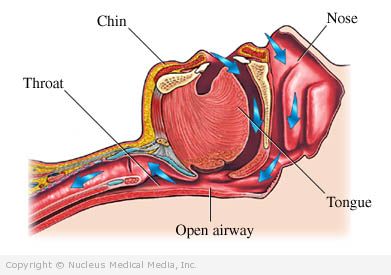(Pertussis)
Whooping cough – Definition
Whooping cough is a bacterial infection of the respiratory tract. The bacteria invade the lining of the respiratory tract and airways, causing inflammation and increasing the secretion of mucus. It is very contagious, and in some cases can be serious.
Whooping cough – Causes
Whooping cough is caused by the bacterium Bordetella pertussis. It is spread by:
- Inhaling droplets from the sneeze or cough of a person infected with whooping cough
- Having direct contact with the respiratory secretions of a person infected with whooping cough
Whooping cough – Risk Factors
A risk factor is something that increases your chance of getting a disease or condition.
Risk factors include:
- Age: late infancy and early childhood
- Not being immunized
- Living in the same house or working in close contact with someone infected with whooping cough
- Living in close quarters (such as a dormitory or nursing home)
- Living in crowded, unsanitary conditions
- Pregnancy
Whooping cough – Symptoms
Symptoms usually begin 1-2 weeks (at most, three weeks) after exposure to the bacterium. Initial symptoms last about 7-14 days. They include:
- Runny nose and congestion
- Sneezing
- Watery, red eyes
- Mild fever
- Dry cough, which marks the onset of the second stage:
- The cough becomes progressively worse over days to weeks (usually lasting 2-6 weeks).
- Prolonged coughing spells come on suddenly and frequently end with a forceful inhale or whoop.
- The whoop is not often heard in young infants. They may gasp for breath or gag.
- In severe cases, coughing may cause a person to have trouble breathing or turn blue from lack of oxygen.
- Vomiting as a result of coughing is common.
Complications may include:
- Seizures
- Periods of apnea (no breathing) — more common in infants
- Pneumonia
- Collapsed lungs (rare)
- Abdominal and inguinal hernias
- Bleeding, swelling, and/or inflammation of the brain, possibly causing neurologic damage
- Death (rare) — occurs more commonly in infants; mortality is 1%-2% before age one year.
The final stage is marked by slowly decreasing duration and severity of coughing spells. The average duration of illness is about six weeks, with a range or 3 weeks to 3 months. Fits of coughing may recur for months. In the majority of cases, patients fully recover.
Whooping cough – Diagnosis
Whooping cough can be difficult to diagnose, especially in older children and adults. This is because:
- At first, symptoms are very similar to those of the common cold.
- Later, symptoms can be very similar to bronchitis (especially in adults).
The doctor will ask about your symptoms and medical history, and perform a physical exam. Tests may include:
- Blood tests
- Swab of nose and throat for culture
- Chest x-ray
Whooping cough – Treatment
Treatment may include:
Medication
Antibiotics, usually erythromycin or azithromycin, are used. They are most effective when started in the early stages.
Treatment of Symptoms
To help reduce vomiting and lessen the chances of dehydration:
Eat small, frequent meals.
Drink plenty of water, fruit juices, and clear soup.
Hospitalization
This may be necessary for those who develop pneumonia. Patients are usually isolated to prevent spreading the disease to other people.
Whooping cough – Prevention
Vaccine
The best means of prevention is immunization. All children (with few exceptions) should receive the DTaP vaccine series. This protects against diphtheria, tetanus, and pertussis. Another vaccine called Tdap is routinely given to children aged 11-12 after they have completed the DTaP series of shots. There are also catch-up schedules for children and adults who have not been fully vaccinated.
Preventive Antibiotics
People in close contact with someone infected with whooping cough may be advised to take preventive antibiotics, even if they’ve been vaccinated. This is especially important in households with members at high risk for severe disease, such as children under one year of age.

